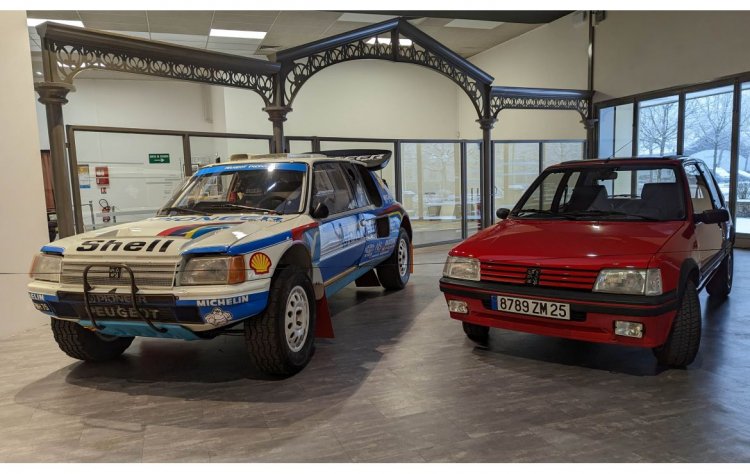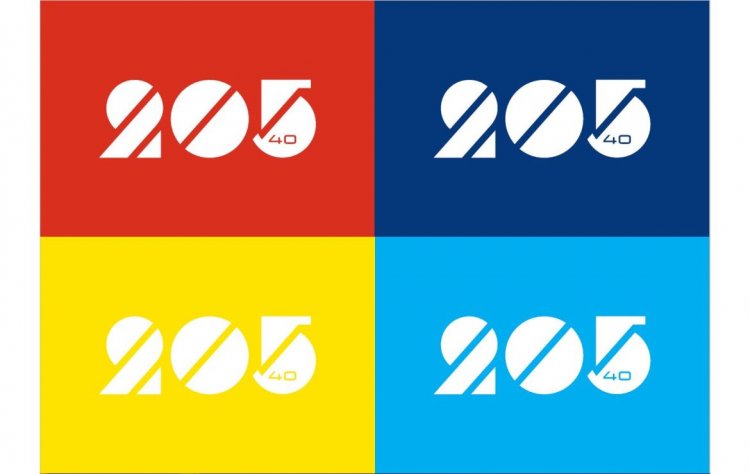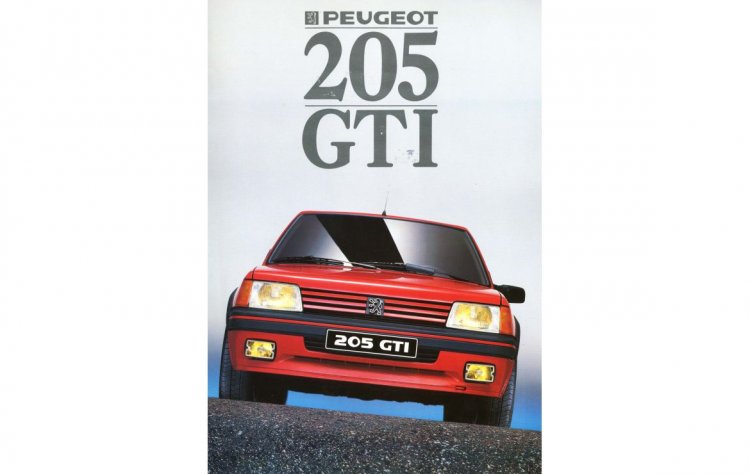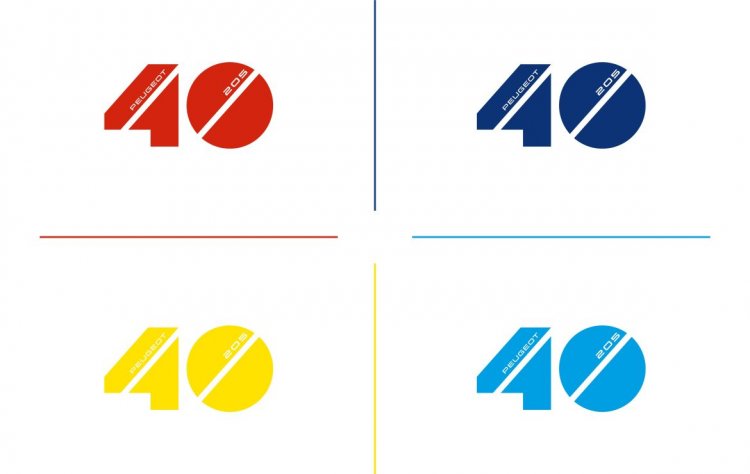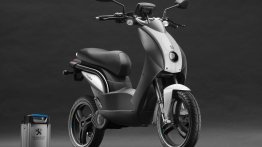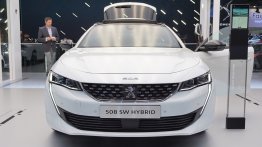On 24th February 1983, Peugeot made a splash by launching the 205. This model cemented the brand in the modern era, both in terms of product, marketing, and motorsport. A look back at an alluring epic story… the origin of a long line of successful Peugeot city cars.
EXCELLENCE
The Peugeot 205 left its mark on the history of motoring and motorsport.
ALLURE
The Peugeot 205 will always be Peugeot’s “sacred number”.
EMOTION
Peugeot will be celebrating Peugeot 205’s 40th birthday.
The history of a car is often, first and foremost, the history of the men and women who designed it. The story of the Peugeot 205 is inseparable from that of Jean Boillot, a member of the Peugeot board of directors at the end of the 1970s.
It was he who, at a difficult time for the company, came up with the ambitious project of a new small car that would be much more than a city car, a multi-purpose car, as comfortable in the city as on country roads, capable of transporting a small family, and also affordable… in short, a car that ticked every box.
Peugeot design versus Pininfarina
In terms of design, as well as technology and marketing, the Peugeot 205 changed the game. While most of the previous Peugeots had been designed by Pininfarina, it was in fact the in-house stylists led by Gérard Welter who won the competition organised internally, with a much more modern and fluid design (Pininfarina “consoled” themselves by designing the Peugeot 205 cabriolet).
It was a design that inaugurated some distinctive signs that would be found on future Peugeots, for example the grille with horizontal bars and the band between the rear lights. Moreover, it is a famous name in automotive design, Paul Bracq, then a member of the Peugeot studio, who created the interior of the Peugeot 205.
The first high-performance small diesel
Technically, the Peugeot 205 signalled the entry of Peugeot into the modern era: compact but spacious, practical with its hatchback, efficient and economical at the same time, adapted to all uses… In particular, it is the first car of the brand to adopt torsion bars at the rear, in order to free up more space in the passenger compartment.
It is also the first car to receive the new family of XU engines, namely the XUD7, a four-cylinder 1,769 cm3 engine with 60bhp, which made the Peugeot 205 the first small French diesel car and above all the first small diesel model to offer a performance equivalent to that of its petrol counterparts, but with much lower consumption (3.9l/100km on average).
From 45 to… 200 horsepower!
The Peugeot 205 was the first small Peugeot to receive such a wide and varied range of engines – from 45 to 200 horsepower! – and an automatic gearbox, a rare option on the market at the time. From its launch in 1983, it came with four petrol engines and one diesel. The following year, the range was extended to include the legendary GTI and Turbo 16, as well as a 3-door body. A whole range of versions followed, from the more affordable, such as the 1986 Junior with its denim seats, to the more chic, such as the Lacoste or Gentry.
When advertising invented the “sacred number”
From 1983, the Peugeot 205 had a marketing strategy befitting of its attributes. As soon as it was launched, the nickname “sacred number” struck a chord. The TV ads that used it were effective and very much in keeping with the times, such as the famous film in which the Peugeot 205 is chased and bombed on a frozen lake by a military plane, with a very “James Bond” feel. An ad directed by Gérard Pirès, who a few years later would make the famous feature film Taxi, starring a Peugeot 406. How do you follow that…?
The real champion!
Motorsport was to be be a powerful tool for promoting the Peugeot 205, and the Peugeot brand. In 1984, under the impetus of Jean Todt, Peugeot entered the premier category of the World Rally Championship, the famous
“Group B”, with the impressive 205 Turbo 16.
During this first season, Ari Vatanen made a strong impression by winning three rallies. In 1985 and 1986, the Peugeot 205 Turbo 16 enabled Peugeot to win the manufacturers’ world title and Timo Salonen (1985) and Juha Kankkunen (1986) to take the drivers’ title. With there being no more “Group B” category at the end of 1986, Jean Todt suggested that Peugeot enter the 205 T16 in a legendary event, the Paris-Dakar. Challenge accepted, challenge won in 1987 and 1988, the Peugeot 205 T16 was specially adapted and went on to win the famous rally-raid, first in the hands of Ari Vatanen, then driven by Juha Kankkunen.
In 1998, after a long and rich career of 15 years, and 5,278,050 units produced, the Peugeot 205 bowed out. In the minds of car enthusiasts, it will forever remain Peugeot’s “sacred number”, the one that built the foundations of an exceptional line of successful city cars, the Peugeot 206, Peugeot 207 and today the Peugeot 208.
